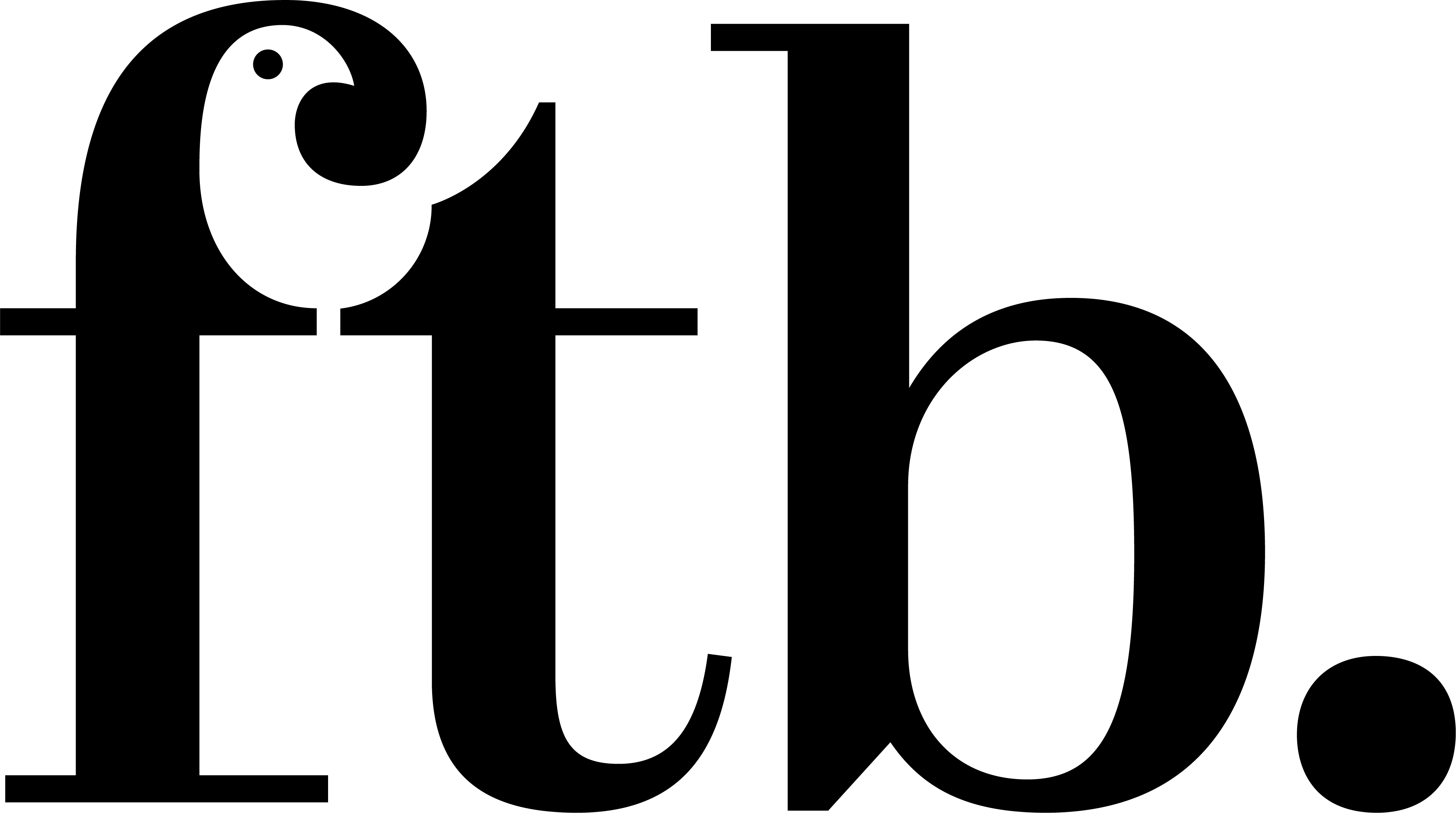Beautiful Thinking.

EPR (Extended producer responsibility) was a hot topic at the show, a discussion titled ‘EPR – Money for waste or a waste of money’ raises the question, will the fees be deployend effectively. Brand managers and manufacturers are asking questions of its structure and revenue use. Money generated via the policy taxation of packaging waste is intended for local council recycling schemes only – but many are expressing concern that there is no guarantee that the revenue will be used for the policies principal point – to improve recycling and drive innovation. The EPR launch has been postponed by a year and some are more optimistic about its eventual roll-out being a game changer for the currently ad-hoc recycling infrastructure.
Has the sustainability drive become too puritanical…? Considering the current post pandemic trend towards brighter, vibrant and joyful packaging (can we cite anything from the Stylus report?) does sustainable packaging seem, well just a bit dull and joyless? Could we see a move away from a green ethos if the current ‘brightness’ trend elevates the competition? How can we combine the two, make sustainability a bright and shiny appealing trend and not just a dowdy ‘do the right thing’ moral necessity? Amongst a sea of beige materials at the Innovations Showcase stand was a fine example of combining both trends, the Love Ocean whale tail pack.
Made from 100% recycled plastic the Spectra manufactured bottle demonstrates it can be done.
I attend a panel discussion on future materials, what will they look like in 2050. I imagined all sorts of fantastical development’s – chameleon colour changing papers, hovering aerosol cans and talking tubes… but no. Things won’t be much different. The panel, a team of experts affiliated with iom3 (Institute of Materials, Minerals and Mining) predicted mostly as we are now, but with considerable improvement in reuse and recycling. They cited the large influx of money from EPR will drive the infrastructure for a circular packaging economy. Interestingly they were very pro-plastic, which seems counter to the current narrative but their augments are very strong. Plastic has undoubtably revolutionised the way we receive many consumer goods, it has improved the shelf life and delivered products in an undamaged state very effectively. One speaker cited that CO2 emissions from food waste is far greater than those resulting from plastic manufacture and use – and plastic is driving down food waste. But they all agreed we never really looked at the negative impact of plastic until recently and now we have a lot of work to do to better manage the use and reuse of plastics in packaging.
Was there anything innovative at this year’s Packaging Innovations… Yes and no, mostly no. Lots of alternative materials on display – but they’re not new, just different versions of Bioplastics, Biomaterials, Post-Consumer recycled plastics. I lost count of the number of manufacturers stands claiming ‘Packaging that doesn’t cost the earth’ or variations thereof! The one trend and innovation that does seem of value and has great potential is the development of paper bottles. Not entirely new, Paboco (Paper Bottle Company) have been working on a product for a while and they have partnered with amongst others – Pernod Richard, P&G and Coca-Cola to develop and bring to production their concept. But, now joining in the race to market is Hewlett Packard with their fibre based bottle. The bottle structure is made from 100% recycled paper pulp with a waterproof bio-material liner. It also includes an aluminium screw cap – a very commonly recycled material. Like Paboco it is still at the feasibility, prototyping and production pilot stages. But there really does seem to be a strong commitment to turn these concepts to real world products. If there is a caveat with paper bottles, it is will we see negative unforeseen impacts as we have with plastic packaging and can they be addressed before mass adoption?
